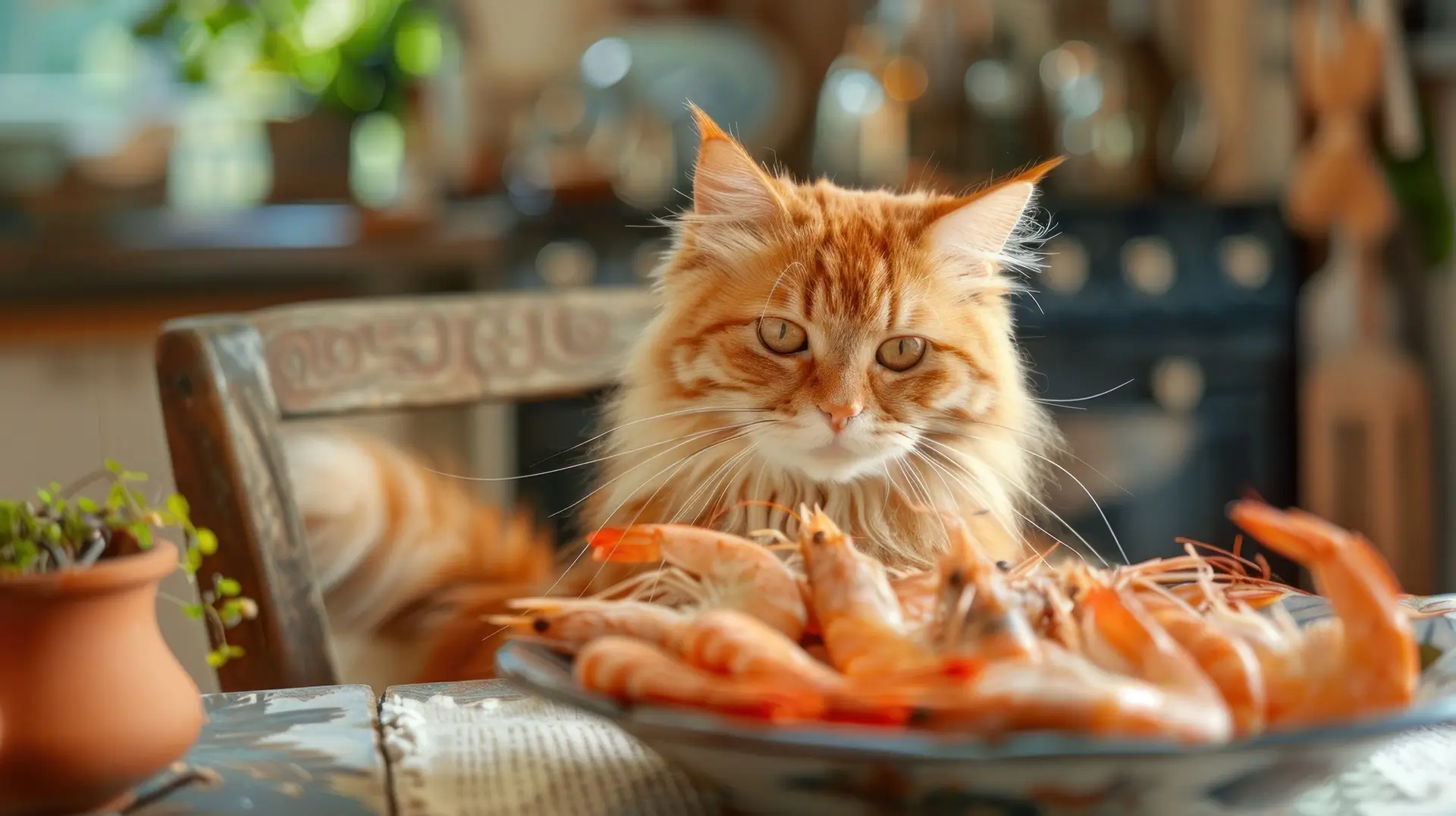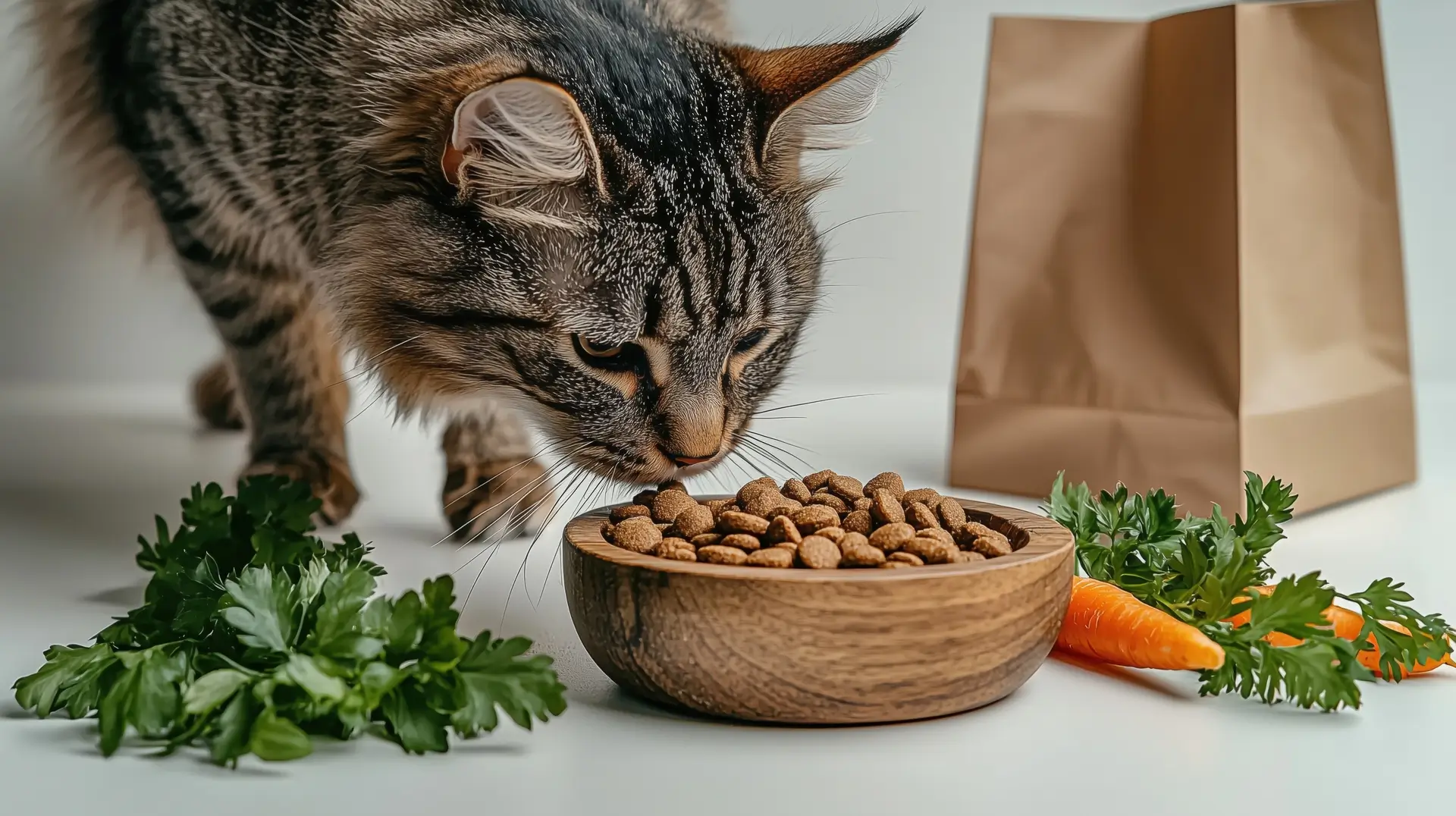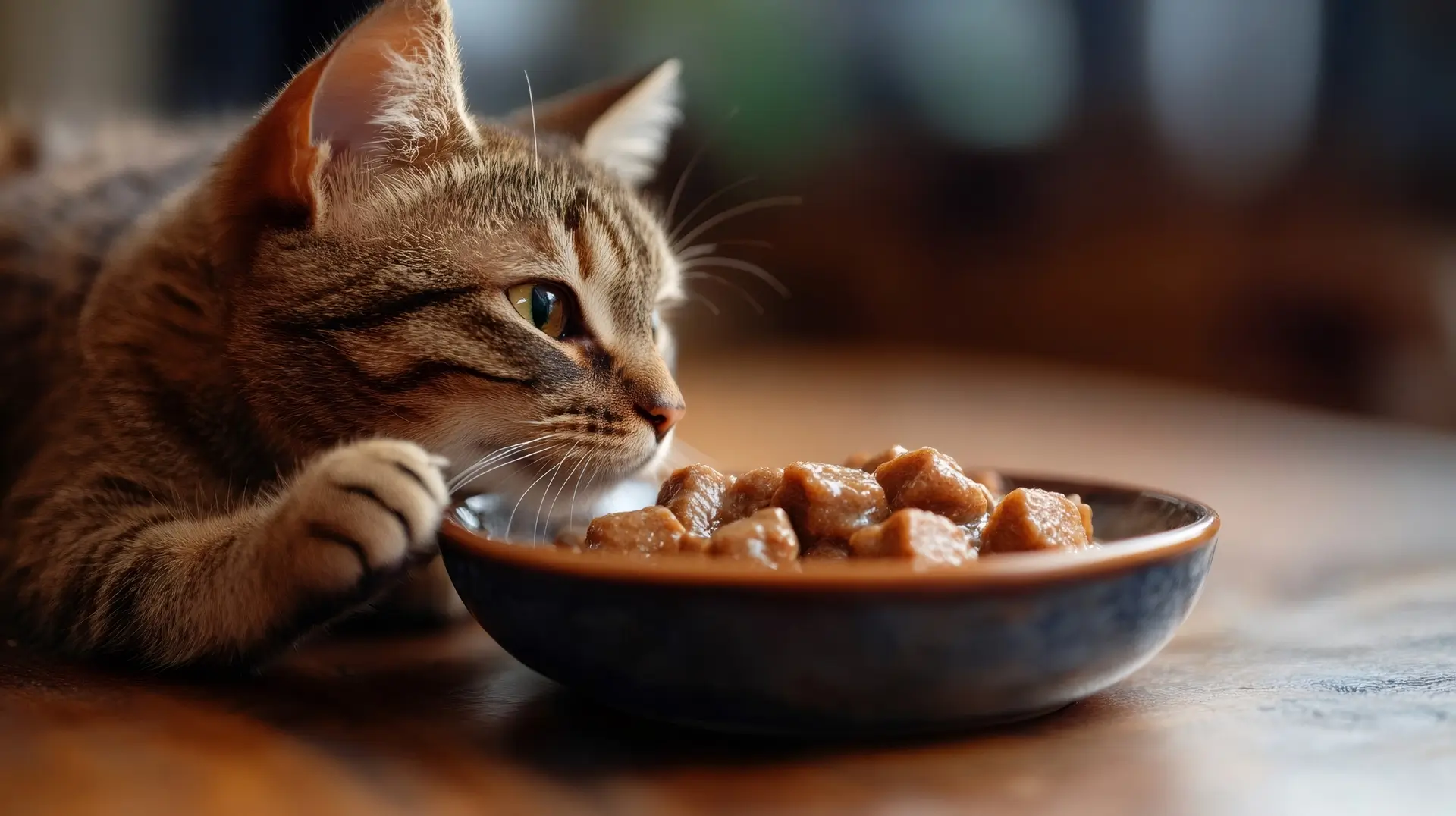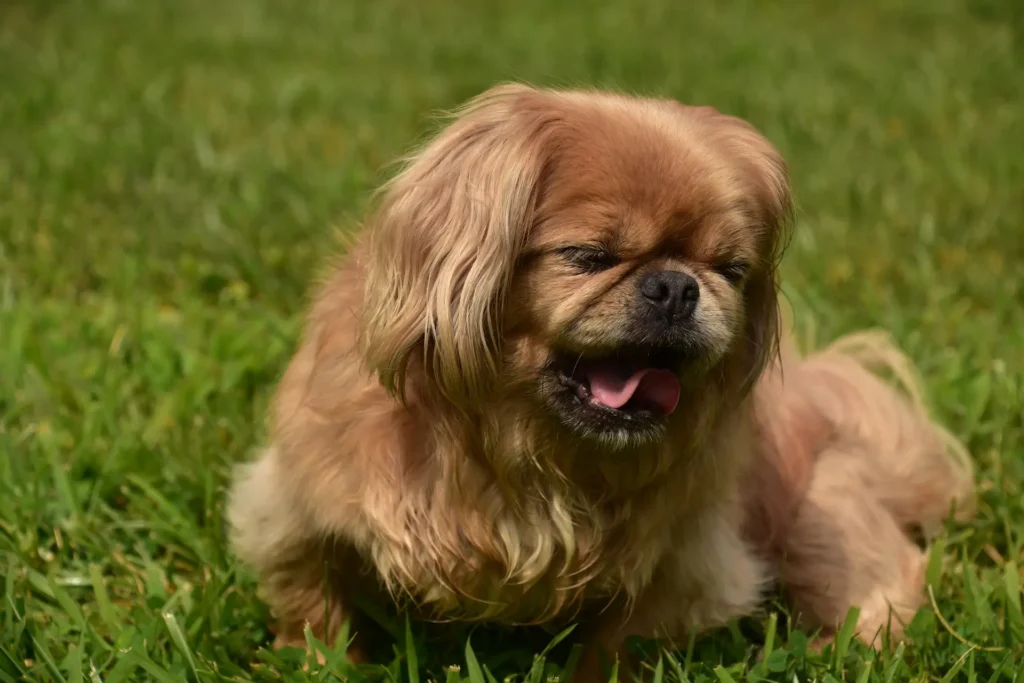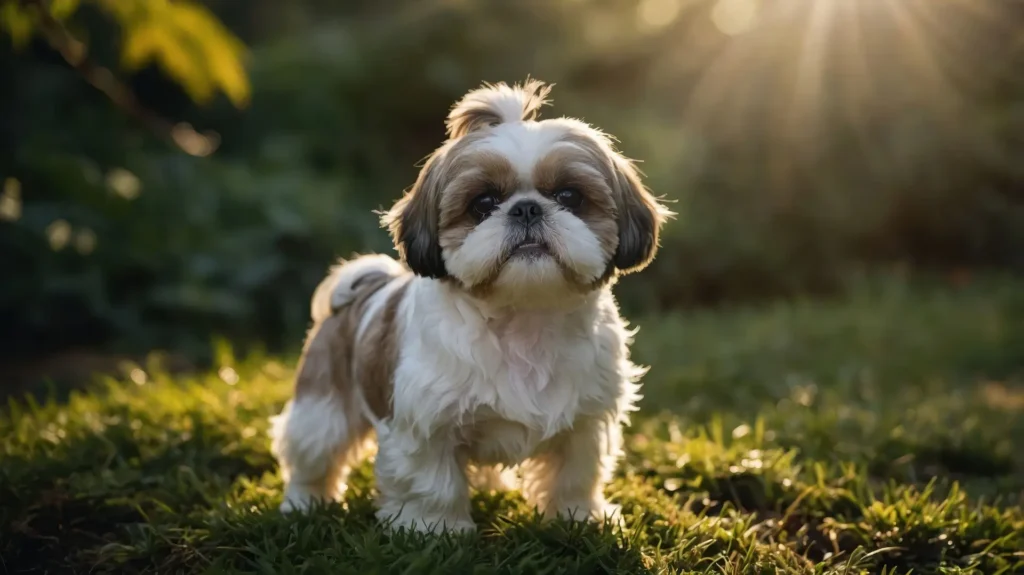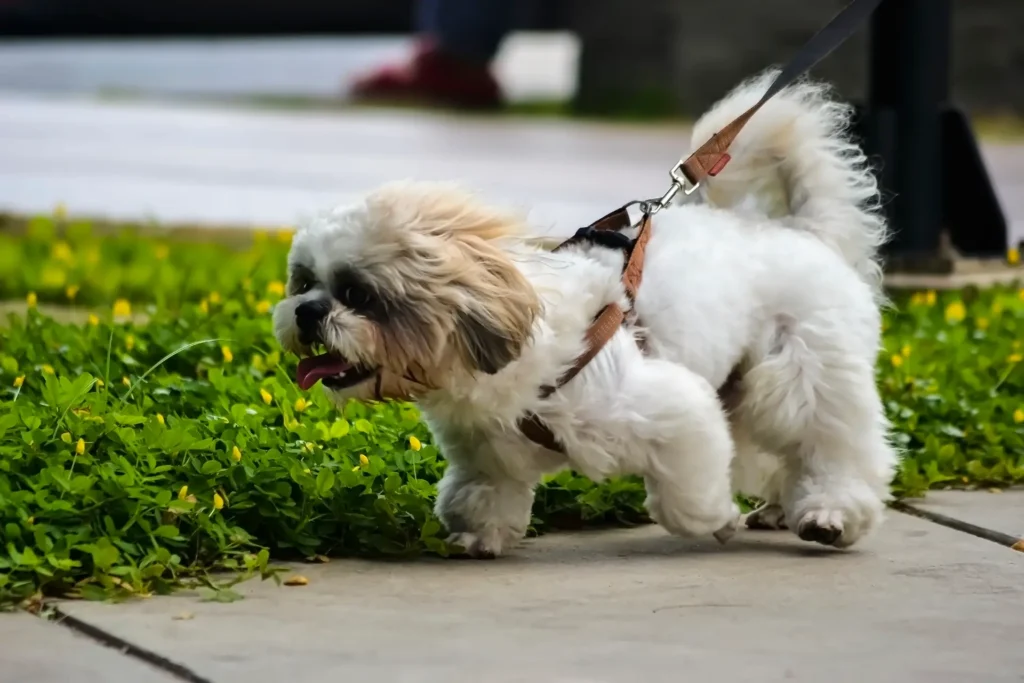Imagine your cat in the wild. They are nature’s perfect hunter, an obligate carnivore. This means their body is built to thrive on a diet of prey. That natural diet is high in protein and moderate in fat. Most importantly, it is high in moisture. For many years, dry kibble seemed like the easiest choice. However, veterinary experts and feline nutritionists now agree: choosing a high-quality, moisture-rich diet is the single best move you can make. It helps prevent many common feline diseases. This deep, expert guide is your essential tool for finding the best wet cat food for your furry friend.
We won’t just check the ingredient list. We will teach you an advanced comparison method. It is called the Dry Matter Basis (DMB) calculation. Our goal is to empower you to find the truly healthiest wet cat food brands. These brands must match your cat’s exact health needs. Maybe you need a low carb cat food for weight control. Perhaps you are looking for the best wet cat food for picky cats. This guide has the answers. We will clearly explain the labels. We will rank the top rated wet cat food options. Our goal is to ensure your cat receives superior cat nutrition.
What Makes the Best Wet Cat Food?
The most important difference in a cat’s diet is its reliance on meat. Cats need essential nutrients from animals. They also have a naturally low drive to drink water. This biological fact explains why the high moisture content of wet cat food is absolutely essential.
The Three Pillars of Optimal Feline Nutrition
High Moisture Content
Think of a mouse. It is about 70-75% water. Wet canned cat food mirrors this perfectly, with 70-85% moisture. This constant, easy moisture intake is like a gentle, internal stream for your cat’s kidneys. It keeps the urine dilute. Dilute urine is key to preventing painful urinary tract issues (FLUTD). It helps stop crystal formation. It supports long-term kidney health.
Animal-Based Protein
Cats need far more protein than dogs or humans. They must get essential nutrients like Taurine directly from meat. They simply cannot create enough of these nutrients themselves. Thus, you must look for high protein cat food. A named meat, poultry, or fish should be the first, second, and even third ingredient.
Low Carbohydrate Content
Cats are not built to process many carbohydrates. They lack the right digestive enzymes. Diets that are too high in carbs are the main nutritional cause of obesity and feline diabetes. The healthiest choices are clearly marked as low carb cat food. They contain minimal to no grains, starches, or sugary fillers.
Dry Matter Basis (DMB)
You cannot compare a can label to a bag label directly. Wet food has high moisture, so its percentages look low. You must remove the water content first. This is where the Dry Matter Basis calculation is used. This calculation strips away the moisture. It reveals the actual concentration of nutrients.
Nutrient % (DMB)= (100% – Moisture %) Guaranteed Analysis Nutrient % 100
A truly vet recommended wet cat food should meet these DMB guidelines:
- Protein: ≥40%
- Carbohydrates: ≤15% (Under 10% is ideal.)
- Fat: 20%−35%
Using this serious analytical method separates a merely good wet cat food from the superior, top rated wet cat food options.
Best Wet Cat Food by Category
Our expert selections focus on animal-based protein. We verify a low carbohydrate profile using DMB. We also value ethical sourcing and great taste for finicky eaters.
1. Best & Highest Quality
This food is human-grade and gently cooked. It is the closest match to a cat’s natural, fresh diet. Its protein DMB is usually over 50%. The carbohydrate DMB is almost always below 10%. This makes it the premier example of a high protein cat food.
Targeted Use: All life stages. It is excellent for maximizing cat nutrition and fighting chronic dehydration.
2. Best for Picky Eaters
Tiki Cat is famous for its visible, shredded meat textures. The ingredients look like whole foods, such as shredded chicken breast. It tastes great and uses a thin, flavorful broth, not a starchy gravy. It is a fantastic grain free cat food. This makes it the definite best wet cat food for picky cats. Its high moisture content is perfect for hydration.
Targeted Use: Cat food for finicky cats who prefer a delicate, aromatic broth and shredded pieces.
3. Best Value & Budget-Friendly
Dave’s offers excellent quality at a low cost. Their recipes are meat-first. They contain no corn, wheat, or soy. The price is very affordable, especially in large cans (often less than $0.35/oz). It has a strong protein and low carb profile. It proves that a good wet cat food can be affordable.
Targeted Use: For households with multiple cats who need a grain free and nutritionally reliable option.
4. Best for Sensitive Stomachs
L.I.D. formulas simplify the diet greatly. They use only one animal protein source and limit carbohydrates. This minimizes the risk of allergies or an upset tummy. The smooth pâté is easy to digest. This is often the best wet cat food for sensitive stomach issues because it removes dietary complexity.
Targeted Use: For cats prone to stomach problems or food allergies. For helpful daily tips, visit our friends at Love your pets daily.
5. Best Low-Carb Option for Weight Management:
The Wilderness recipes focus heavily on meat and organs. This keeps the carbohydrate level very low. Low carbs are essential for a cat’s healthy fat metabolism. It is a brilliant low carb cat food. Plus, it is completely grain-free cat food. This helps active breeds like Bengal cats maintain a strong, lean body.
6. The Premium Ethically-Sourced Choice
Ziwi Peak includes industry-leading amounts of actual meat, organs, and bone. All their ingredients are ethically sourced in New Zealand. Their canned food is incredibly dense in cat nutrition. It also contains high levels of natural joint support ingredients.
DMB and Value Snapshot
| Top-Rated Food | Key Protein Source | Protein DMB % | Carb DMB % | Approx. Cost/Oz | Texture |
| Smalls Fresh Bird | Chicken/Liver | ≈48% | ≈10% | ∼$0.65 | Ground |
| Tiki Cat Puka Luau | Chicken | ≈89% | ≈3% | ∼$0.50 | Shredded in Broth |
| Dave’s Turkey | Turkey/Chicken | ≈48% | ≈5% | ∼$0.30 | Paté |
| Blue Buffalo Wilderness | Chicken/Turkey | ≈45% | ≈12% | ∼$0.38 | Paté |
| Ziwi Peak Venison | Venison | ≈54% | ≈12% | ∼$0.80 | Chunk in Gravy |
Selecting the Best Wet Cat Food for Specific Health Needs
Choosing the best wet cat food becomes a critical health tool when your cat has a specific condition. Remember to always consult your veterinarian before changing your main diet.
The Special Case of Chronic Kidney Disease
The key non-prescription step for CKD is controlling Phosphorus intake. You usually want DMB values below 1.0%. While prescription diets are generally needed, non-prescription foods can help. Look for lines like Weruva’s Wx Phos Focused. These offer controlled phosphorus levels plus the crucial high moisture content of wet canned cat food. Consistent hydration is vital for long-term health, especially for breeds like the blue russian cat, which can be prone to kidney issues.
The Best Wet Cat Food for Weight Control and Diabetes
If your cat is diabetic or overweight, the diet must have almost zero carbohydrates. High-protein, high-moisture canned foods are necessary. They make your cat feel full faster and prevent harmful blood sugar spikes. Look for formulas with a DMB carbohydrate percentage below 10%. Avoid thick, gravy-based foods. The thickener is usually a high-starch ingredient like potato. Stick to simple meat-only pâtés or pure shreds in broth. This ensures a proper low carb cat food.
Hydration and Urinary Health
For cats who frequently get Feline Lower Urinary Tract Disease (FLUTD), moisture is the most effective medicine. The ultimate formula, sometimes called the healthiest wet cat food for indoor cats, is any food that consistently produces dilute urine. Certain ingredients may help control urine pH, but continuous high moisture is the most powerful defense.
The Importance of Variety for the Fussy Feline
Here is a great strategy for keeping a finicky cat healthy: rotate the proteins they eat. A cat fed the exact same flavor daily is much more likely to suddenly refuse it. This rotation ensures a wider range of nutrients. It also prevents them from becoming one of those extremely picky cats who refuse to eat altogether. A varied diet is also better for their digestive health.
Sourcing, Texture, and Cost Factors
Texture
Cats are hugely influenced by the feel of their food. One cat might love a texture that another one hates. This is the ultimate test!
- Pâté: Smooth and finely ground. This texture is usually the most calorie-dense and is perfect for hiding medication.
- Shreds/Flakes in Broth or Gravy: The strong aroma from the broth makes this very appealing. It is excellent for hydration. Just make sure the gravy isn’t thickened with bad, high-carb starches. Many of the best wet cat food choices for fussy eaters have this texture.
- Minced/Chunks: This texture gives the cat something substantial to chew on.
If your cat resists a new texture, don’t give up! Try warming the soft cat food slightly. Warming the food releases a stronger, more tempting aroma.
Ingredient Integrity
A grain free cat food label is a good sign. However, true quality depends on the ingredients that replace the grains.
By-products
These are not always bad. Just check that they come from a named source (e.g., “Chicken Liver”), not a vague “Meat By-Products.”
Carrageenan
This is a common thickener in many wet canned cat food brands. Some studies suggest it causes gut inflammation. Because of this, many premium brands have removed it. If your cat has a sensitive stomach, choose a carrageenan-free option.
The Kirkland Cat Food Question
Costco’s Kirkland Signature is a popular low-cost choice. It meets basic AAFCO standards. However, DMB comparison with super-premium brands shows its quality is usually in the “good” range, not the “top rated.”
Environmental & Ethical Sourcing
Many owners of beautiful pedigree cats, such as the muscular Brown Cats, prioritize ethics. Brands like Open Farm lead the way. They offer transparent sourcing, using humanely raised meats and sustainable fishing.
Conclusion
Choosing the right cat nutrition might seem difficult. However, when you remember your cat is a carnivore and learn the Dry Matter Basis calculation, the choice becomes simple. The best wet cat food offers perfect hydration and a healthy, high protein cat food ratio.
By consistently choosing low-carbohydrate, meat-first, and moisture-rich options, you make an active investment. You are proactively guarding your feline friend against kidney, bladder, and pancreatic diseases. Use this clear guide and the included resources to select a truly healthiest wet cat food. Choose a food that your cat loves and that is nutritionally sound. Remember this: the money you spend on a premium, vet recommended wet cat food today will be repaid many times over with a vibrant, long-lived, and happy cat.
FAQs
How to help cat lose weight?
To lose weight, a cat needs to burn more calories than they eats. This must be done with a high-protein, low carb cat food. This diet helps them lose fat while keeping muscle. Ask your vet for a specific daily calorie goal. Then, feed exact, measured portions of wet food. You can use food puzzles to make them work for their meal.
How often should you feed a cat?
It is best to feed adult cats two to three measured meals each day. Do not leave food out all day. This free-feeding often leads to overeating. Kittens and very old cats may need more frequent meals, about four or five times a day. This routine mimics their natural pattern of eating many small prey.
Is adult cat food bad for kittens?
Yes, it is definitely bad. Adult cat food lacks the extra protein, fat, and calories a kitten needs for fast growth. Kittens must have formulas labeled for “Growth and Reproduction.” These special foods provide higher levels of critical nutrients needed for strong bones and a healthy immune system.
How to fatten up a cat?
If a cat is too thin due to illness, you must treat the illness first with your vet. For a healthy but lean cat, offer food that is very appealing and calorie-dense, like rich pâtés or fresh meat. Feeding a high-calorie soft cat food in frequent, small meals (4-5 times a day) can gently encourage weight gain without overwhelming their digestion.
Is Fancy Feast dry cat food good for cats?
Fancy Feast dry food, like all kibble, is much higher in carbohydrates and lower in moisture than wet food. While it meets the basic AAFCO standards, it is generally not considered the healthiest wet cat food for indoor cats. It is especially unsuitable for cats with serious health conditions like diabetes or chronic kidney disease, which thrive on a high-moisture, low-carb diet.

